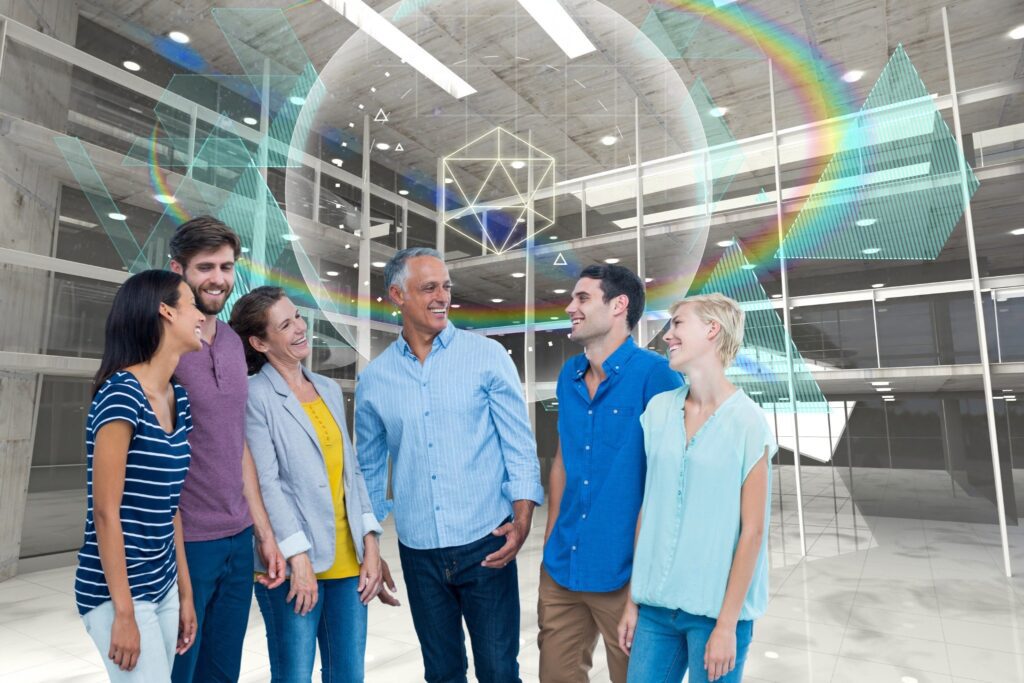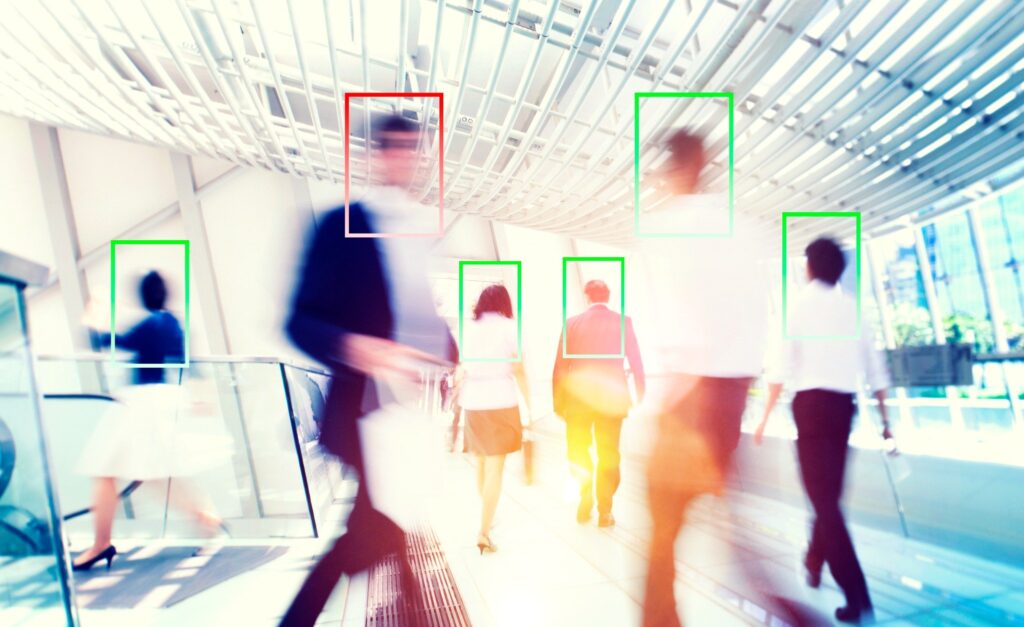Why Events Are Becoming More Tech-Driven
There’s no sugarcoating it—if your event isn’t powered by tech, you’re behind. Audiences today are digitally fluent and expect everything from instant personalization to engaging visuals. Brands, on the other hand, need more than a flashy booth—they want measurable results, lead capture, and ROI. The answer? A toolkit of smart event technologies that create memorable, seamless experiences.
1. LED Video Walls – High-Impact Visual Storytelling
You can’t talk about modern events without bringing up the LED video wall. These bright, crisp, and completely modular displays turn any stage or booth into a showstopper. Unlike old-school projectors or banners, LED walls shine in both indoor and outdoor spaces, even under direct lighting.
They’re ideal for showcasing videos, motion graphics, speaker backdrops, or branded content. And thanks to energy-efficient LED tech, they’re greener and longer-lasting than traditional visual solutions. Whether it’s a product launch or a keynote, LED walls make your message larger than life.
2. Augmented and Virtual Reality (AR/VR)
AR and VR are turning events into fully immersive brand experiences. Let attendees step into a virtual factory tour, use AR to explore a product in 3D, or play a game that reveals your brand story. These technologies add a layer of depth and interactivity that’s hard to forget.
They’re especially useful when your product is too large, too technical, or too niche to explain through slides or brochures. With just a headset or smartphone, your audience is fully engaged.
3. AI Chatbots and Personalization Engines
Imagine every attendee getting real-time help, personalized schedules, and useful reminders—without needing to ask a human. That’s where AI steps in. Chatbots handle FAQs and logistical support, freeing up staff to focus on big-picture engagement.
On top of that, AI tools analyze attendee behavior to deliver relevant notifications and even recommend sessions or booths. Personalized experiences make attendees feel seen and valued—and that boosts satisfaction big time.


4. RFID and NFC Badging Systems
RFID (radio-frequency identification) and NFC (near-field communication) are changing how attendees move through events. Instead of scanning barcodes, people simply tap or walk through sensors. It’s fast, frictionless, and reliable.
What’s even better? You can collect behavior data—see which booths they visited, which sessions they stayed in, and how they flowed through the space. That means better post-event analysis and smarter targeting.
5. Event Mobile Apps
A branded app is now the digital command center of your event. Think live schedules, venue maps, session bookmarking, networking chats, and even push alerts to redirect crowds.
Mobile apps help attendees navigate the event while offering organizers real-time engagement tools. Add gamification and polls, and you’ve got an engagement magnet in everyone’s pocket.
6. Live Streaming and Hybrid Event Platforms
Going hybrid is no longer a novelty—it’s the norm. Whether you’re reaching global audiences or catering to remote attendees, hybrid platforms let you broadcast live sessions with interactive features like chat, Q&A, and polls.
This extends your event’s reach while offering sponsors and exhibitors more visibility. Plus, on-demand content helps you generate post-event leads and keep your brand relevant well after the lights go down.
7. Interactive Touchscreen Displays
Think digital catalogs, interactive maps, self-service kiosks, or touchscreen games—these displays turn passive observers into active participants. They’re a great way to present a lot of content without overwhelming attendees.
Not only do they enhance the attendee experience, but they also help gather data via surveys, sign-ups, or feedback forms.
8. Facial Recognition and Biometric Check-Ins
Speed and security matter. Facial recognition tools offer lightning-fast check-ins with just a look. They’re also contactless, which attendees appreciate in a post-pandemic world.
Beyond registration, some systems use biometric data to deliver personalized greetings, recommend sessions, or unlock VIP experiences. It’s cutting-edge and leaves a lasting impression.


9. Data Analytics and Insight Platforms
If you can’t measure it, you can’t improve it. Tools like Bizzabo, Hubilo, and Splash help event pros go beyond attendance numbers and dive into deep behavioral data.
Which sessions were most engaging? What booth had the highest dwell time? Which attendees showed high-intent behavior? These answers help you optimize future events and craft hyper-relevant follow-up campaigns.
10. Sustainable Event Technologies
Eco-conscious planning is no longer optional—it’s expected. Digital solutions like e-badges, paperless programs, and of course, LED video wall displays help reduce your carbon footprint.
LED technology, in particular, is far more energy-efficient than traditional AV gear, while mobile apps replace printed agendas and maps. Sustainability and tech go hand-in-hand to future-proof your brand reputation.
Conclusion
Event marketing in 2025 is all about connection, personalization, and efficiency—and these 10 technologies are leading the charge. From the immersive experience of an LED video wall to the practical power of RFID and mobile apps, each tool plays a role in crafting unforgettable, results-driven events.
The best part? These tools aren’t just for big-budget expos. They’re becoming more accessible, adaptable, and scalable—no matter the size of your event. So whether you’re planning a product launch or a national trade show, incorporating just a few of these innovations could be the edge you need.
